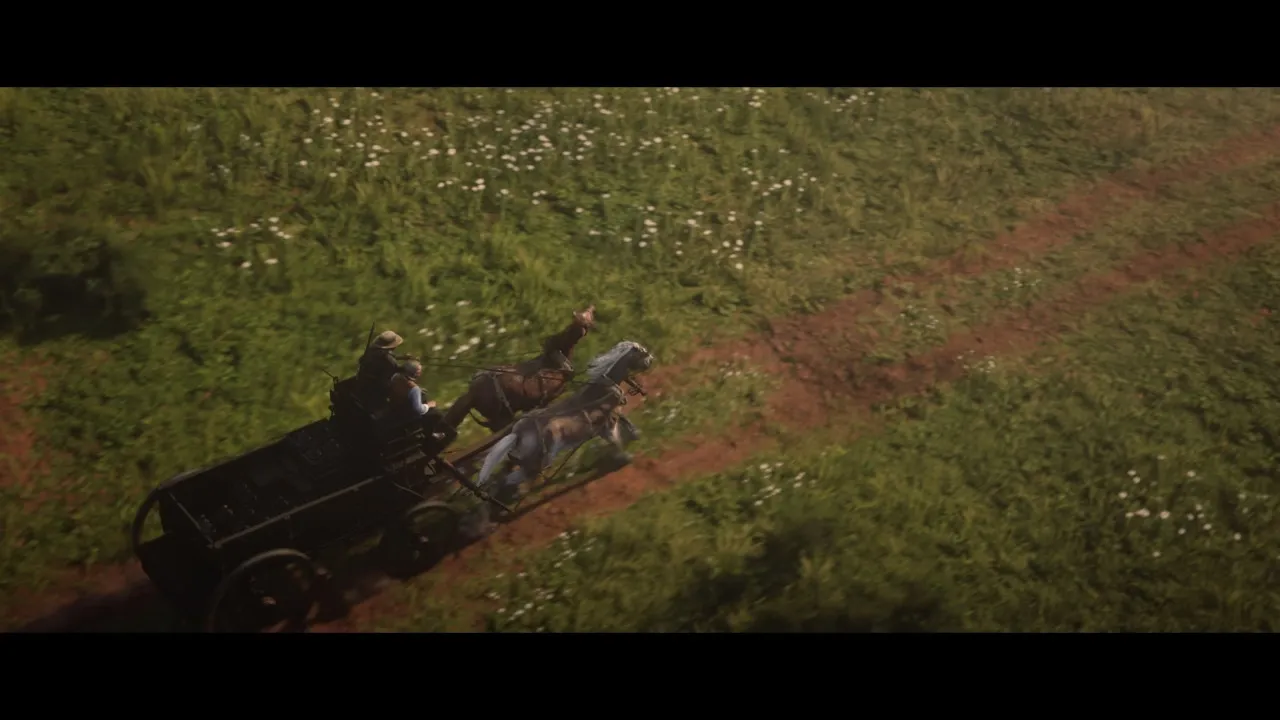
Red Dead Redemption 2: A Deep Dive into Rockstar’s Western Epic
Contents
In 2016, Rockstar Games ignited excitement with the announcement of Red Dead Redemption 2, the highly anticipated sequel to the acclaimed Red Dead Redemption. Fans worldwide eagerly awaited the promised grandeur and expansive experience. The hype intensified as Rockstar released captivating trailers showcasing stunning landscapes and intriguing gameplay leading up to the launch. Upon release, Red Dead Redemption 2 shattered sales records, earning $725 million in just three days. But did this epic western adventure live up to the immense expectations set by its predecessor?
 Arthur Morgan on horseback overlooking a valley.
Arthur Morgan on horseback overlooking a valley.
A Breathtaking and Immersive Wild West
Red Dead Redemption 2 surpasses the vastness of the original game with a massive map encompassing five fictional US states, more than doubling the size of its predecessor. Returning are the familiar states of New Austin and West Elizabeth, the latter significantly expanded with new locations. Built upon the enhanced RAGE Engine, Red Dead Redemption 2 boasts stunning visuals, eclipsing even Grand Theft Auto V. The meticulously crafted landscapes vary dramatically across different terrains, further enhanced by a dynamic day-night cycle. The weather system adds another layer of immersion, bringing the American West to life with breathtaking realism.
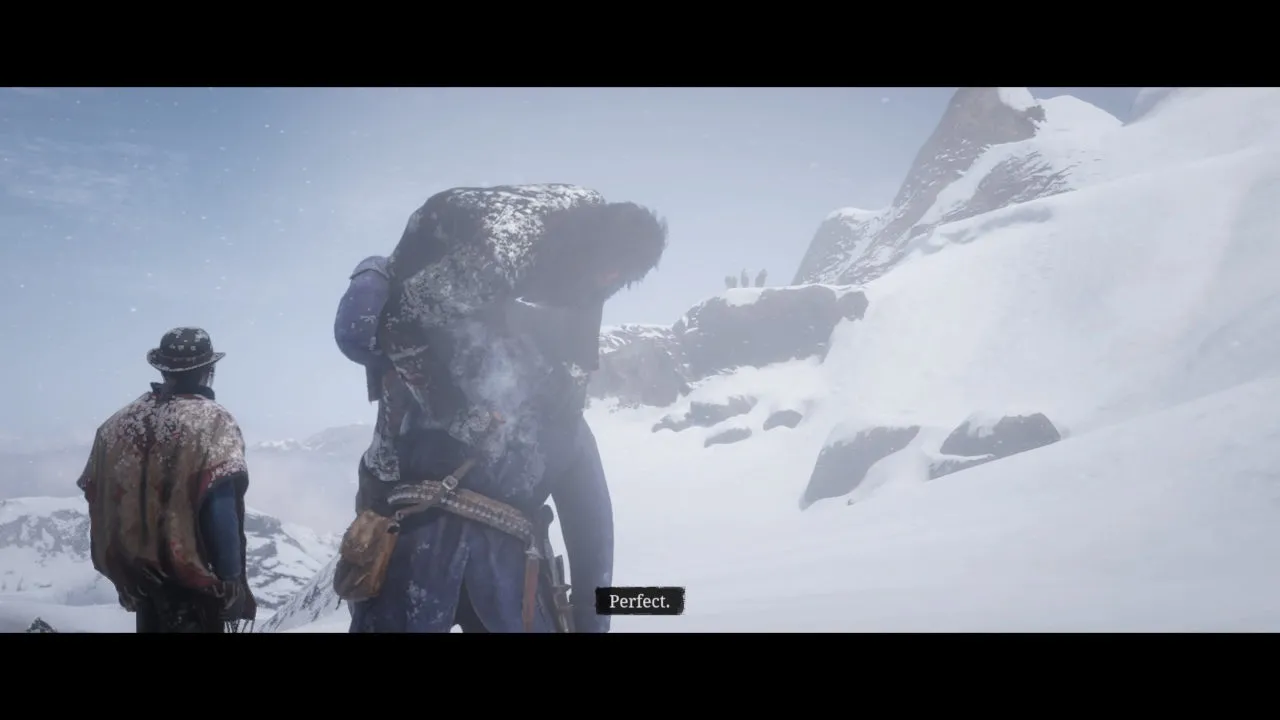 Snow covered landscape in Red Dead Redemption 2.
Snow covered landscape in Red Dead Redemption 2.
In winter, characters don appropriate clothing, snow blankets the ground, leaving distinct horse tracks, and even accumulates realistically on the player. The attention to detail in the weather and climate systems is unprecedented. Furthermore, textures, particularly for wood and metal on weapons and wagons, are remarkably lifelike. But Red Dead Redemption 2 offers far more than just impressive graphics. Its true strength lies in its immersive simulation of a living world.
A World Teeming with Life
Red Dead Redemption 2 breathes life into its virtual world. The American West is vividly recreated, and the characters within it feel remarkably real, existing and interacting independently of the player. Observing the Van der Linde gang and the townsfolk reveals Rockstar’s meticulous craftsmanship. Gang members engage in conversations and activities even when the player isn’t present. Charles diligently guards the camp, John and Abigail argue about John’s absences and responsibilities, and other members reminisce, bicker, or even sing. Arthur’s presence triggers unique interactions, often leading to unexpected requests and rewards.
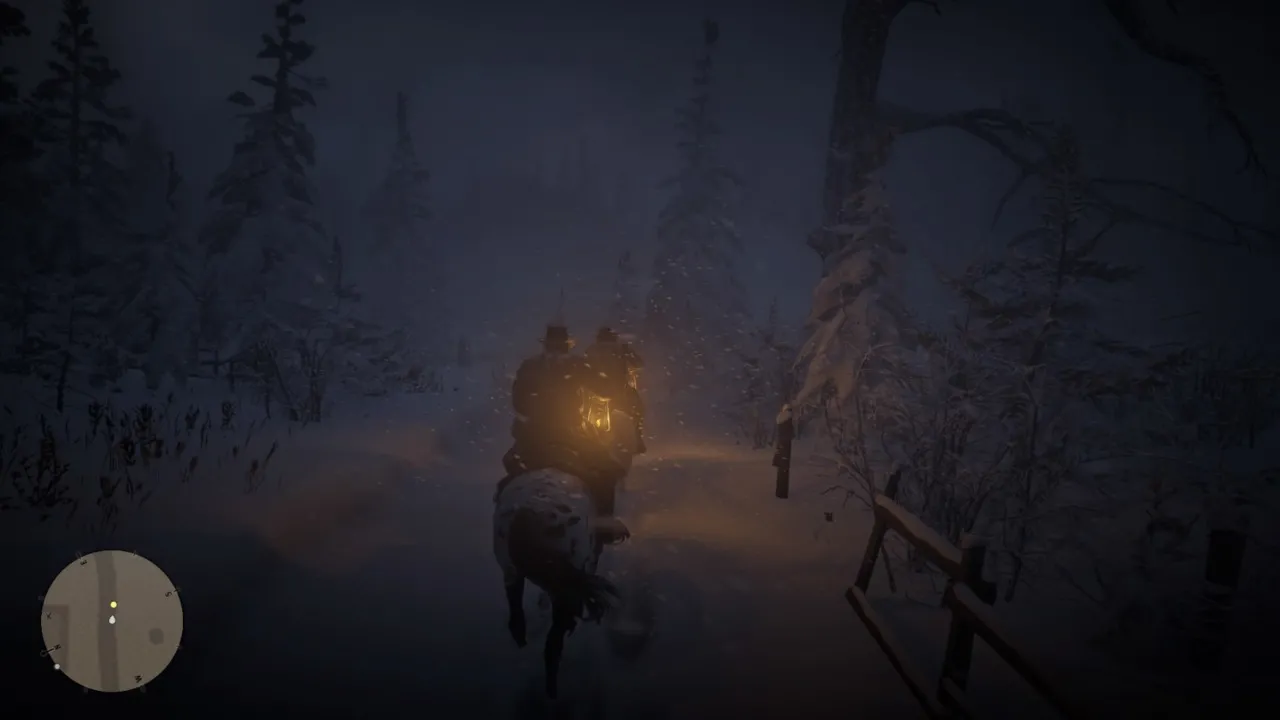 Arthur Morgan aiming a revolver.
Arthur Morgan aiming a revolver.
This level of detail extends beyond the main characters. Even nameless NPCs react to Arthur’s actions, remembering past encounters and responding accordingly. Wearing a mask and changing clothes becomes crucial to avoid unwanted attention. Looking at NPCs for too long can also elicit reactions, ranging from annoyed dismissals to outright hostility. The implementation of dynamic conversations further enhances the immersive experience. During missions, straying too far from companions triggers realistic dialogue, adding depth and authenticity to the interactions.
The Gritty Tale of Outlaws
Rockstar Games excels at narrative, storytelling, and character development, and Red Dead Redemption 2 elevates these strengths to new heights. Set in 1899, a pivotal moment in the Wild West as the US government cracks down on outlaw gangs, the story follows the Van der Linde gang’s struggle to rebuild after a disastrous incident in Blackwater. The narrative unfolds through the eyes of Arthur Morgan, Dutch Van der Linde’s right-hand man, fiercely loyal and protective of the gang.
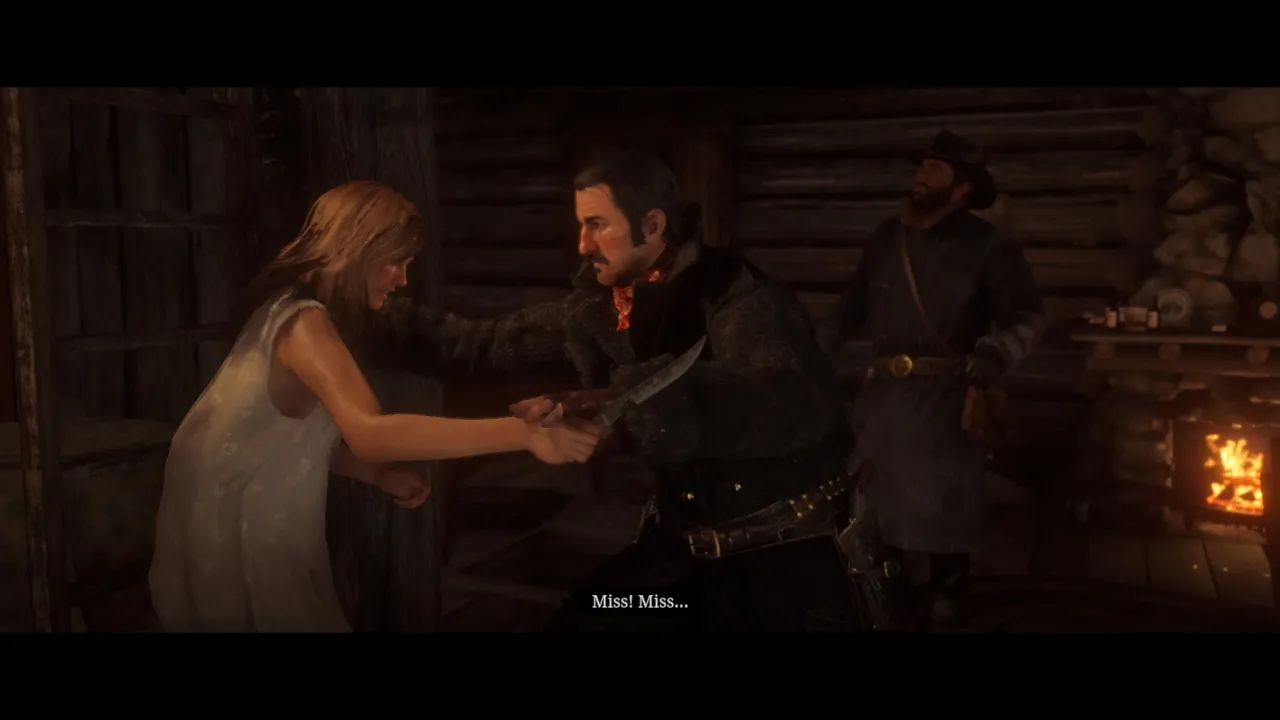 Arthur Morgan riding with other gang members.
Arthur Morgan riding with other gang members.
The story begins at a measured pace, gradually building tension and intrigue. Dutch’s plans are constantly disrupted by unexpected events, pushing the gang further into desperation. As the situation deteriorates, Arthur witnesses Dutch’s descent and the loss of his comrades, providing context for John Marston’s departure and redemption in the first game. The narrative wouldn’t be as compelling without the richly developed characters. Familiar faces like Dutch, John, and Javier return, joined by memorable newcomers like Micah Bell, Hosea Matthews, and Sean MacGuire.
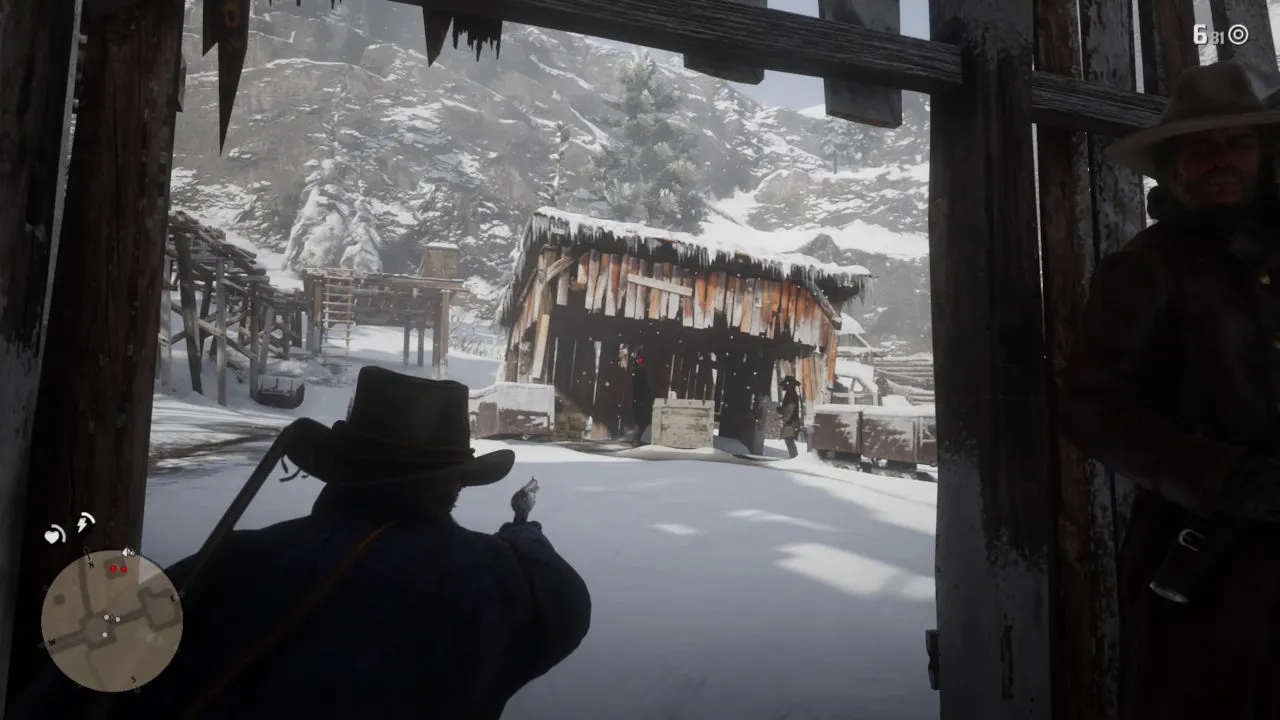 Dutch Van der Linde addressing the gang.
Dutch Van der Linde addressing the gang.
Each character possesses unique traits, contributing to the dynamic and vibrant Van der Linde gang. Arthur’s constant interaction with the gang ensures balanced character development and strengthens the bond between them. Red Dead Redemption 2 serves as a perfect prequel, seamlessly setting the stage for the events of the original game.
Reimagined Gameplay
Gunfights are a staple of the Wild West, and Red Dead Redemption 2 refines the shooting mechanics for a more immersive experience. The duel system receives a significant overhaul, transforming from a minigame into a fully integrated feature. Players can now initiate duels at will, using Dead Eye to target and eliminate opponents. Gunplay itself is more realistic, requiring players to cock their weapons after each shot, except for the Double Action Revolver. Running while shooting affects accuracy, and the reticle dynamically shrinks for increased precision aiming.
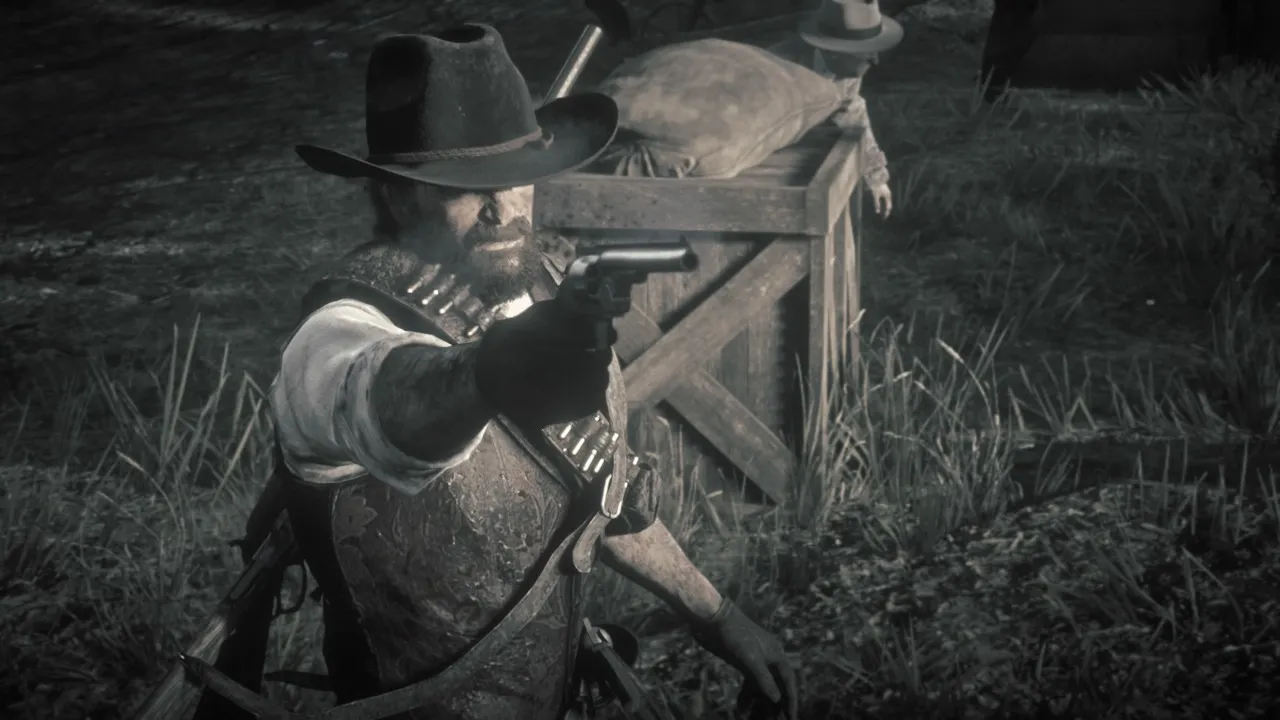 Arthur Morgan in a gunfight.
Arthur Morgan in a gunfight.
The morality system returns, influencing how NPCs interact with Arthur. Kind actions result in better prices at stores and forgiveness for petty crimes, while villainous acts spread fear and even cause enemies to flee. The game introduces a new core system for health, stamina, and Dead Eye, requiring careful management of food and rest for optimal regeneration. Overeating leads to weight gain, while undereating results in weight loss, both impacting Arthur’s performance. A first-person perspective is available, offering a more intense and visceral combat experience, though the movement controls in this mode can feel cumbersome.
Customization and Companionship
Red Dead Redemption 2 expands customization options, allowing players to personalize Arthur’s appearance, clothing, weapons, and more. Weapons can be upgraded and decorated with various colors, materials, patterns, and engravings. The bond between the player and their horse is also emphasized. A stronger bond unlocks new abilities and increases the horse’s responsiveness and range at which it can be called.
 Arthur Morgan brushing his horse.
Arthur Morgan brushing his horse.
Unlike the first game, horses in Red Dead Redemption 2 are mortal. If a horse’s health depletes to zero and isn’t revived quickly, it’s lost permanently, forcing players to find a new companion and build a new bond.
Lingering Issues
Despite its many strengths, Red Dead Redemption 2 suffers from a few shortcomings. Movement and turning speeds can feel slow and restrictive, particularly in tight spaces. Enforced slow walking during missions to trigger cutscenes, while intended to create seamless transitions, can disrupt the gameplay flow. The realism of the game also presents occasional challenges, such as friendly fire incidents during combat missions, leading to frustrating restarts.
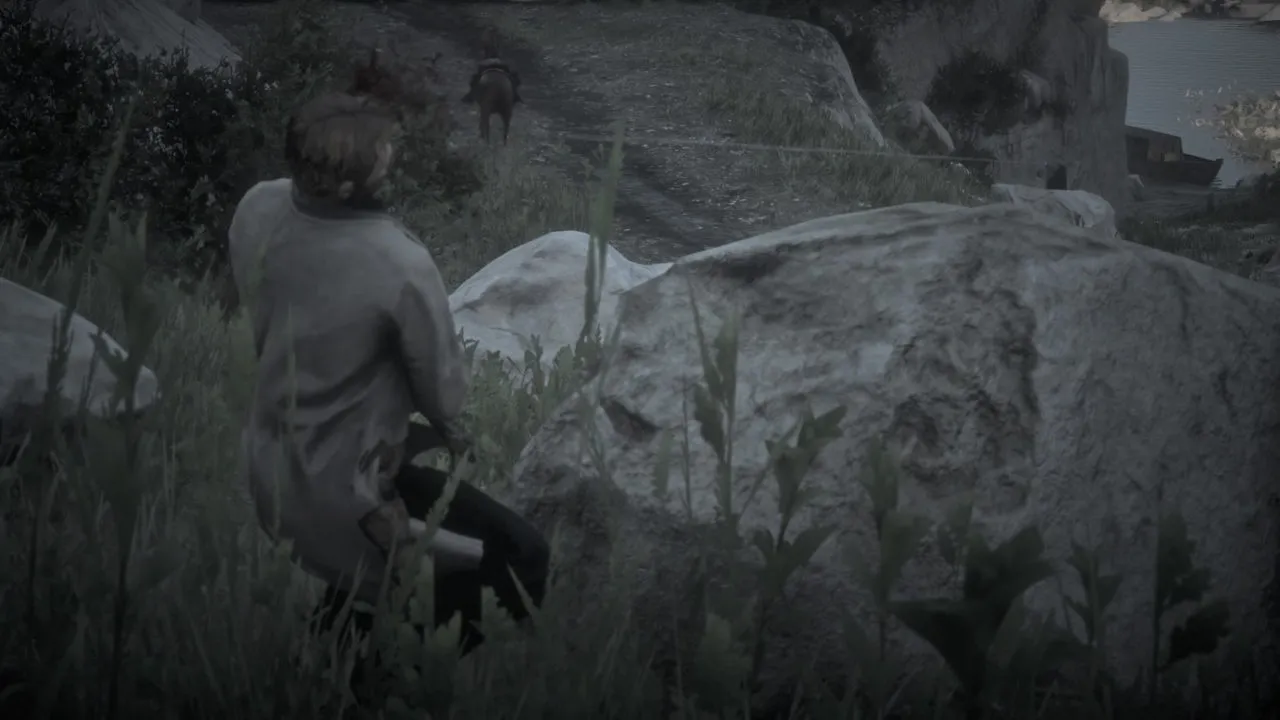 A lawman aiming his gun at Arthur Morgan.
A lawman aiming his gun at Arthur Morgan.
Conclusion
Red Dead Redemption 2 is a monumental achievement in open-world game design. Its immersive world, compelling narrative, and refined gameplay create an unforgettable western experience. While minor issues exist, they don’t detract significantly from the game’s overall brilliance. Red Dead Redemption 2 is a must-play for fans of the genre and a testament to Rockstar Games’ storytelling prowess.
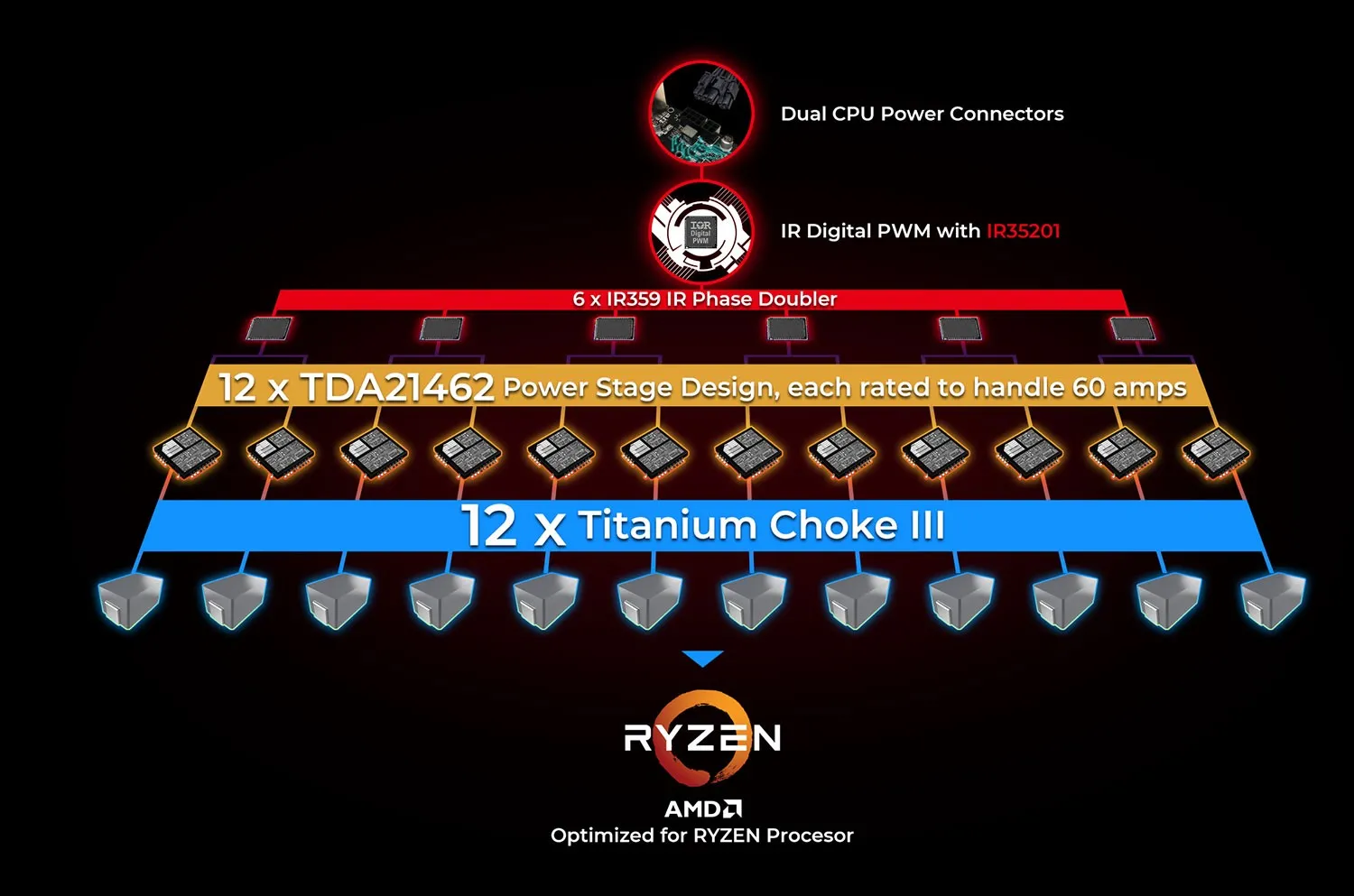
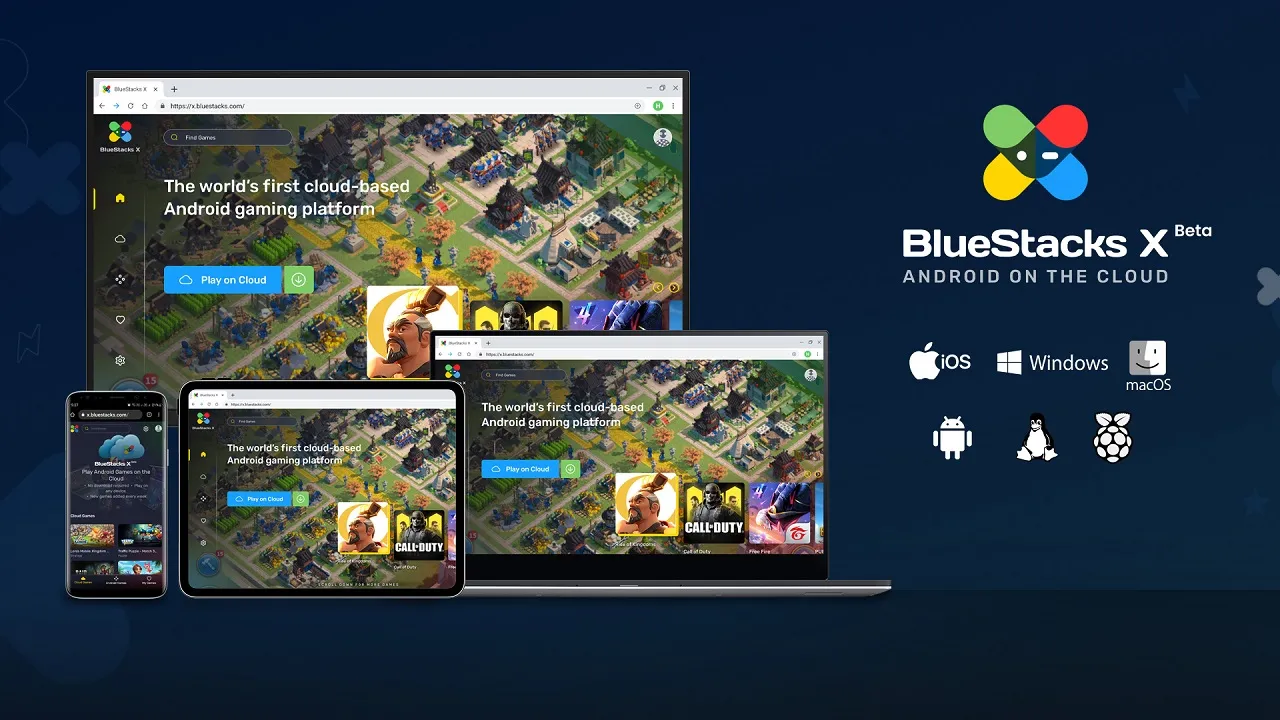

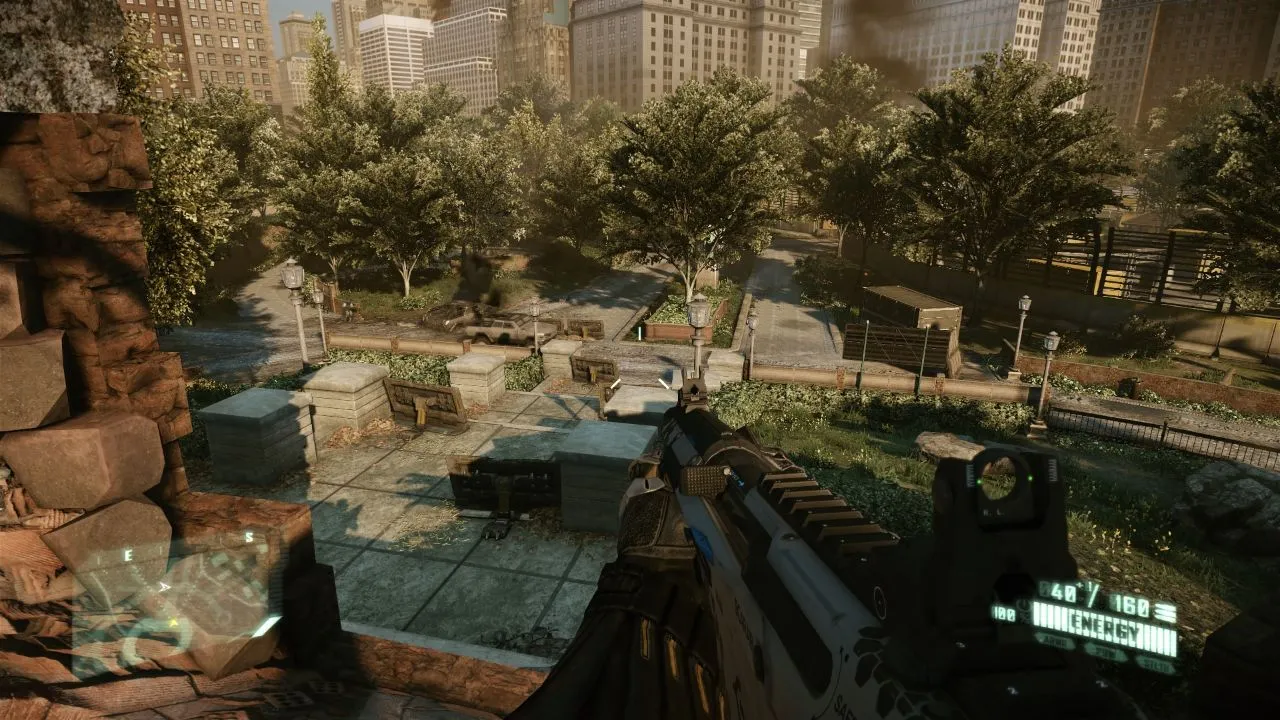
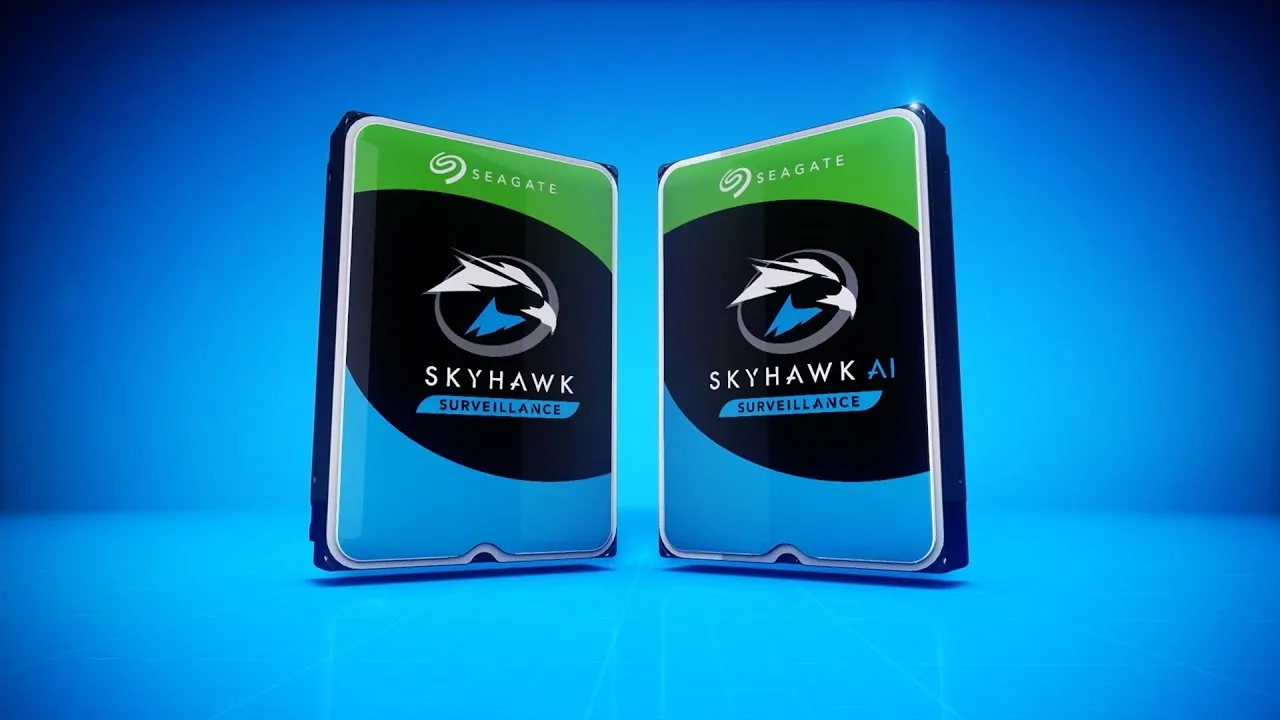
Comments (0)